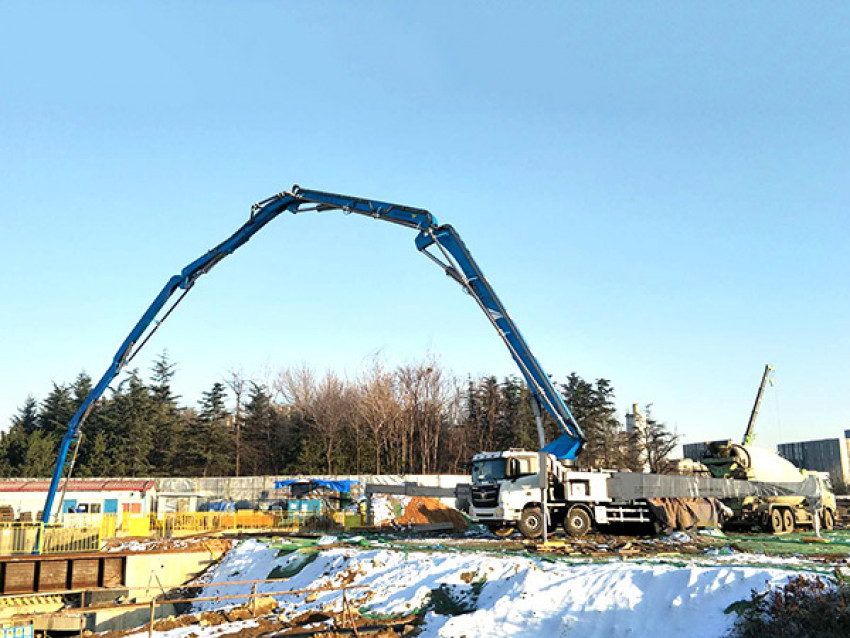
Concrete is actually a widely used material for construction that whenever, reinforced makes for a great way of creating structural elements that may be combined to make up the supporting members for buildings along with other structures. It really is a combination of aggregates, cement, and sand which is initially within a liquid state that gradually solidifies and becomes hard. It sets initially in about thirty minutes and gains its full strength after a number of weeks. It must be supported until it gains the designed strength.
Generally, concrete is mixed in concrete mixers or batching plants and conveyed to the point where it is required. This often requires using trucks or any other transport equipment and often cranes and 0ther containers that can convey the concrete to its desired location, all before it achieves its initial set. Because the concrete is within a liquid state after it is first mixed, pumps have been developed that will pump a similar concrete for the required location considerably more easily without having to use other handling equipment.
Concrete Pump Working
A concrete pump works in the same way that other liquid pumping mechanisms will use. Concrete is definitely more viscous and definately will solidify gradually, which makes it essential to think of this factor in its design and working. These pumps draw the liquid concrete from your hopper that has the mixed concrete filled in it, into a cylinder that is equipped with a piston. The concrete is going to be pushed through discharge pipes that link the portable concrete pump to the stage where it is needed to be delivered. These pipes are available in short sections that can be coupled together to form the desired time period of pipe up to begin discharge. The final area of the pipe is usually flexible make it possible for greater accuracy of concrete placement.
A fundamental concrete pump has two cylinders with pistons. While one piston functions to attract the concrete from the hopper, one other piston pushes the concrete into the discharge pipe which leads to begin discharge. A valve decides on what cylinder should be activated to guarantee constant movement of the concrete with the discharge pipe. Concrete pumps usually have flexible booms connected to them, which allows the small concrete pump to discharge at various height and distances from your pump. Other pumps are line pumps that allow for discharge to varying lengths of pipe. These pipes may be found in short sections that have an easy coupling mechanism which allows the duration of the pipes being increased or decreased as required.
Boom Pumps
Many boom pumps are mounted on trucks enabling them to use on different projects at will. Most line pumps are stationary and are suitable for concreting works at one site. A pump must be selected that may deliver the required level of concrete in the required length of time that enables concrete being continuously sent to a concrete structure without allowing any joints to form.
Concrete pumps have greatly helped inside the construction industry to accomplish concreting activities in large projects and-rise buildings.




